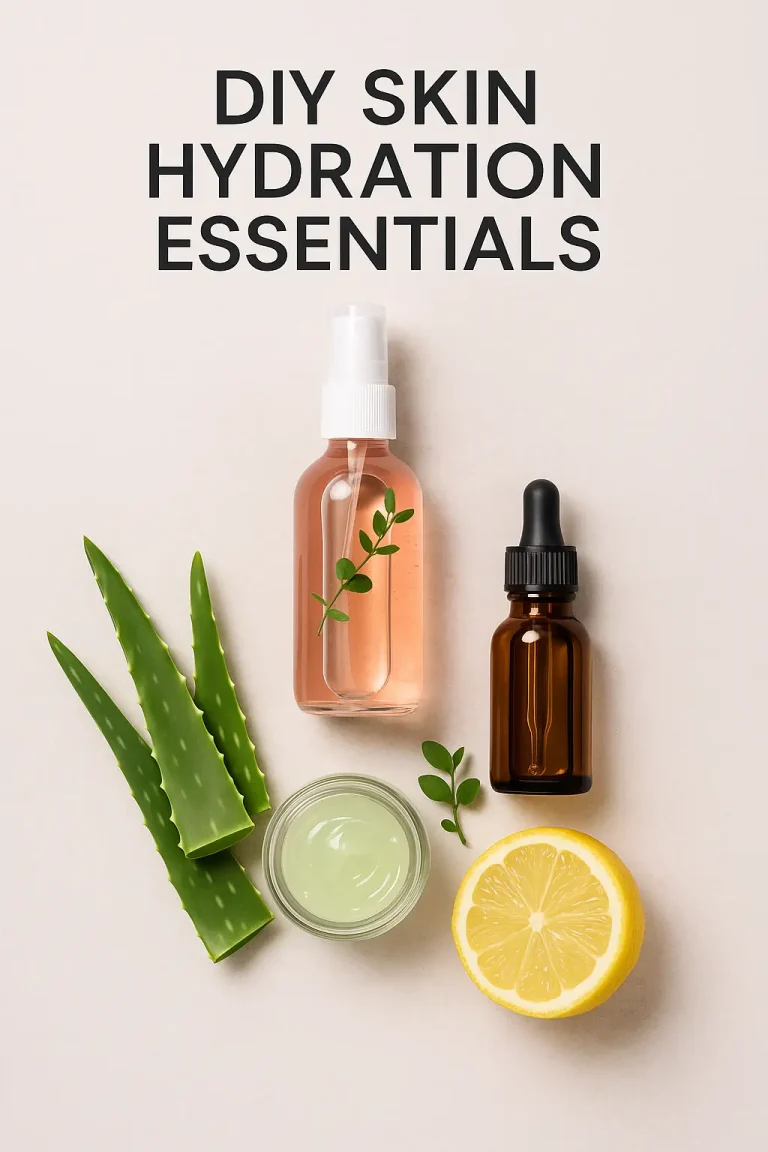Understanding the Comedogenic Scale
When it comes to skincare, one size definitely does not fit all—especially if you have acne-prone, oily, or sensitive skin. This is where the comedogenic rating scale becomes an essential tool. Originally developed through testing on rabbit ears and later refined with human skin studies, this scale helps determine how likely an ingredient is to clog pores and contribute to breakouts.
The comedogenic scale ranks ingredients from 0 to 5 based on their likelihood of causing pore congestion and acne:
RatingLikelihood of Clogging PoresExamples of Ingredients
0 Non-comedogenic Aloe vera, squalane, allantoin
1 Very low Apricot kernel oil, castor oil, grapeseed oil
2 Low Almond oil, jojoba oil, rosehip oil
3 Moderate Coconut oil (refined), olive oil
4 High Linseed oil, wheatgerm oil, cocoa butter (refined)
5 Very high Hydrogenated castor oil, certain silicones (e.g., dimethicone in specific formulations)
For those who struggle with acne or easily clogged pores, this scale is a game-changer in choosing the right skincare products. However, it’s important to remember that comedogenicity isn’t universal—some ingredients that are flagged as “pore-clogging” might work fine for one person while causing issues for another.

Key Considerations When Evaluating Comedogenic Ingredients
1. Individual Skin Variability Matters
The comedogenic scale is a guideline, not a strict rule. For example, coconut oil is often rated 4-5, yet some people use it without experiencing breakouts. Skin type, genetics, and overall skincare routine all play a role in how an ingredient affects you.
2. Formulation Makes a Difference
Not all products containing a comedogenic ingredient will clog pores. The concentration and formulation of an ingredient matter. Understanding sustainable beauty practices can help you choose cleaner, skin-friendly ingredients that won’t clog pores. A highly comedogenic ingredient used in a diluted form (e.g., within a moisturizer) may be far less likely to cause breakouts than when used on its own.
3. Sun Exposure Can Change Comedogenicity
Did you know that some ingredients become more comedogenic when exposed to UV light? Studies suggest that cocoa butter and human sebum oxidize under sunlight, increasing their pore-clogging potential.
Common Pore-Clogging Culprits
While not all comedogenic ingredients are bad, there are some repeat offenders that frequently cause congestion, especially for acne-prone individuals:
- Beeswax & Cocoa Butter – These rich, occlusive ingredients can trap debris in pores, leading to congestion.
- Isopropyl Myristate – A popular emollient in skincare and acne treatments that has a high likelihood of causing breakouts.
- Coconut Oil – Loved for its moisturizing properties, but controversial due to its high oleic acid content, which can exacerbate acne for certain skin types.
💡 Pro Tip: If you’re struggling with clogged pores, check your skincare labels for these ingredients and consider alternatives with lower comedogenic ratings.

How to Choose the Right Ingredients for Your Skin Type
✅ Acne-Prone Skin
- Stick to ingredients with a comedogenic rating of 0-2 to minimize the risk of breakouts.
- Avoid heavy, occlusive oils like wheatgerm oil (rating 4) and coconut oil (rating 4-5).
- Look for lightweight, non-comedogenic options like squalane, aloe vera, and grapeseed oil.
✅ Dry Skin
- You may tolerate slightly higher-rated oils like olive oil or cocoa butter, as they provide deep hydration.
- Layer with humectants like hyaluronic acid to maintain balanced moisture levels.
✅ Sensitive Skin
- Always patch-test new products—even those labeled “non-comedogenic” may cause irritation.
- Stick with gentle, anti-inflammatory ingredients like allantoin, sunflower oil, and shea butter.
How to Use Comedogenic Ratings in Your Skincare Routine
🔹 Step 1: Read Ingredient Lists Carefully
Always check product labels to spot potential pore-clogging ingredients.
🔹 Step 2: Patch Test Before Full Application
Even a low-rated ingredient can cause breakouts if your skin is sensitive to it.
🔹 Step 3: Balance Your Routine
Pair heavier emollients with non-comedogenic hydrators to avoid congestion.
🔹 Step 4: Prioritize Non-Comedogenic Claims
Look for products labeled as “non-comedogenic”, but verify by checking their actual ingredients.
🔹 Step 5: Track Your Skin’s Reactions
Monitor how your skin responds and adjust accordingly—comedogenicity is personal! Want to create non-comedogenic skincare at home? Explore our DIY Skincare Recipes for gentle, acne-safe formulations.
Final Thoughts: Comedogenic Ratings as a Tool, Not a Rule
Understanding the comedogenic scale empowers you to make informed skincare choices, but it’s not a one-size-fits-all rule. Personal observation, ingredient synergy, and formulation quality all influence how an ingredient interacts with your skin.
Instead of avoiding all comedogenic ingredients, focus on what works best for your unique skin type. By combining comedogenic ratings with patch testing and professional guidance, you can build a routine that supports clear, balanced skin without unnecessary fear of “bad” ingredients.
💡 Final Tip: Not all oils and butters are the enemy! It’s all about choosing wisely, experimenting mindfully, and prioritizing what your skin truly loves. 🌿✨
🚀 Want to learn more about sustainable beauty and ingredient transparency? Check out our DIY Skincare Ingredients Guide for non-comedogenic, planet-friendly options!
Kristina






